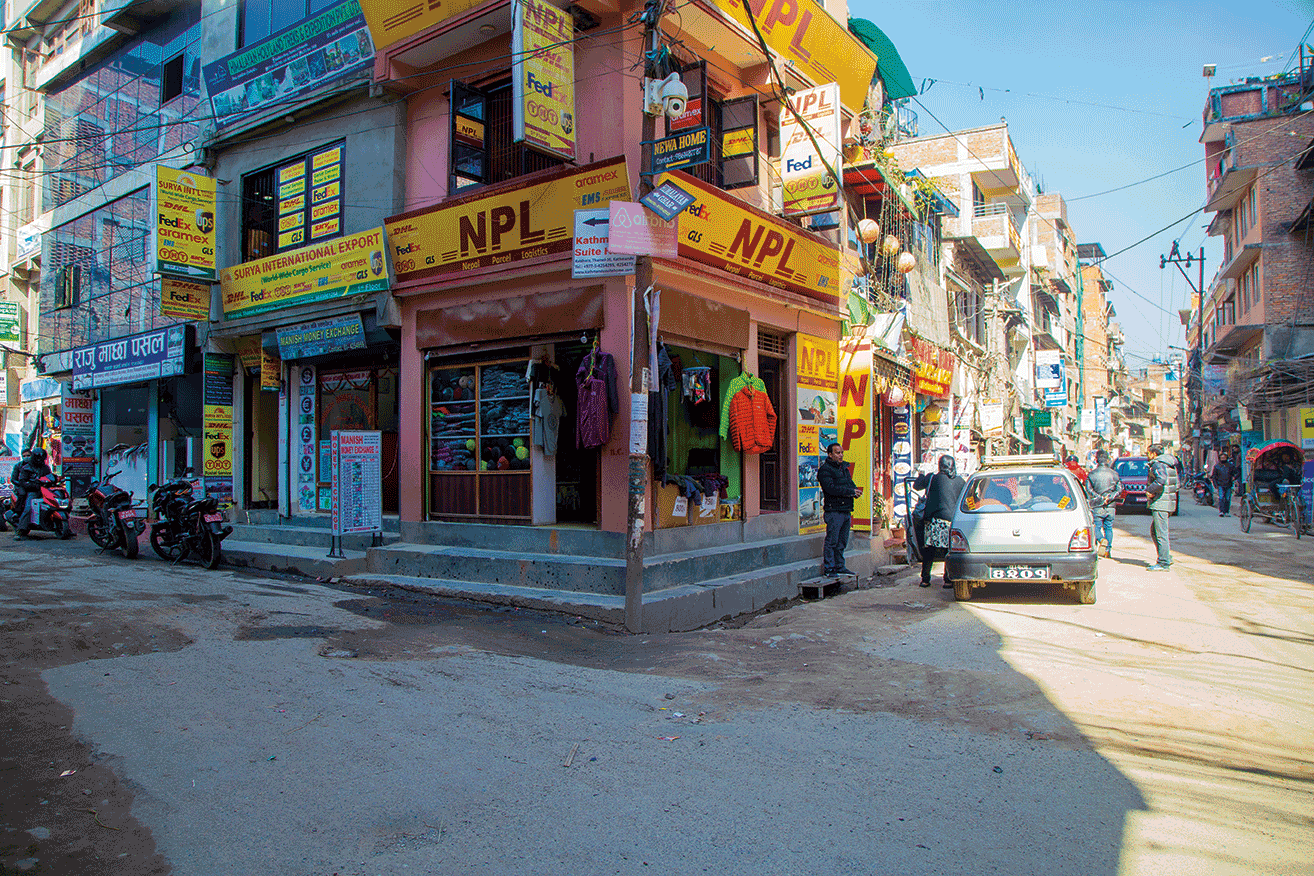During the marvelous autumn months,Kathmandu is alive with the pageantry of festivities, including the Festival of Lights, Deepawali (Tihar). This beautiful festival is celebrated for five days while people give expression to their happiness by lighting diyas (small clay oil lamps), decorate their houses and entrances with intricate, colorful designs of rice, paint and chalk, and drown themselves in the richness of the occasion.
The festival culminates in Bhai Tika, a day that rests on the premises of love, rituals, beautiful hues, reverence and puja done especially for one’s brother. This occasion honors brother-sister relationships, celebrating the holy emotional bond that they share. It is marked by offering special prayers for each brother’s prosperity and long life.
Legend holds that when the Kirati King Bali Hang fell mortally ill, his sister Jamuna looked after him and guarded him. When Yamaraj, the God of Death, came for Bali Hang’s soul, Jamuna pleaded to wait until she finished worshipping her brother; that is, until Panchami (Bhai Tika). She then conducted a long and elaborate ceremony for her brother, and performed the same for Yamaraj. She also put forth some conditions: that Yamaraj should not take Bali Hang until the tika, which she had smeared on his forehead, fades away; until the water sprinkled on her brother dries; and until the makhmali flowers wilt. Over the years Yamaraj sent his messengers to inspect the flowers, and when the next Bhai Tika puja arrived Yamaraj admitted that he had lost Bali Hang’s soul to his pious sister and granted him long life.
The modern day Jamunas remember the legend and perform the rituals with much enthusiasm, love and gaiety. They believe that the required rituals will protect their brothers from death and that they will enjoy a long life, health and prosperity.
To begin the ceremony, the sister draws three mandaps or boundaries at a designated place. The mandaps are made for Lord Ganesh, Janmaraj (the God of Birth), and Yamaraj. The sister then performs the puja of the deities after which the brother is requested to sit on the mat for the tika ceremony. Special offerings are placed in front of him. While intoning a protective spell, the sister pours a circle of oil and holy water from a copper pitcher around his body as a boundary over which death and evil spirits cannot pass. Then, kneeling before him, she worships him with the offerings of flowers, nuts, fruits, and rice amidst flaming wicks and incense. She then breaks walnuts before applying the actual tika. The most important act is applying the special bhai tika—called saat rangi tika (seven colored tika), consisting of the colors of the rainbow. This is applied on top of a white base on the brother’s forehead. Creating the tika begins with placing a banana leaf (cut into a line shape) on the brother’s forehead. It is held by the sister, then she applies the tika base (made from rice paste). The seven colors are dabbed on top of the base with her fingers. (Some may use a small stick or a brush in place of the banana leaf. In that case, the stick is dipped into the tika base and brushed vertically on the forehead. The seven colors are applied on top of the base using a different stick.) Then, a flower garland is put around brother’s neck as the sister prays for his long life, happiness and continued prosperity.
The invocation while applying the tika is: “Thus do I mark my brother’s forehead and thereby plant a thorn at the Door of Yamaraj, marking entrance into death impossible. As Jamuna streaked the forehead of her brother, so I do my brother’s. As Yamaraj is immortal, so may my brother also be immortal.” Another is: “May your life be as long as the nut-flower remains unfading, your body hard as a walnut and your heart as soft as butter.”
After completing the ceremony, sisters treat their brothers with a sumptuous midday feast and lots of gifts, including a shagun of fruits and sweets. Brothers in their turn delight their sisters with gifts and cash. There is lot of merriment on this occasion, as it is time for family reunions and relatives are invited to join in the festivities. People sing and dance and mood of the people is generally delirious.
Those who do not have a brother or sister visit Yamarajleswor Temple at Rani Pokhari, in downtown Kathmandu. There they pay homage to Lord Shiva and receive bhai tika. Interestingly, the temple remains locked up all year round except on this particular day.
Thus the merry day comes to an end with feelings of love and renewal of the brother-sister bond. Yamaraj is again warded off with flowers, holy water, and the precious bhai tika until the next year, and the next..., and on through the cycles of eternity.
Ani Choying Drolma: Life Post Covid
Covid changed the lives of most people, some for the better and some for the worse. Ani Choying Dromla took...









